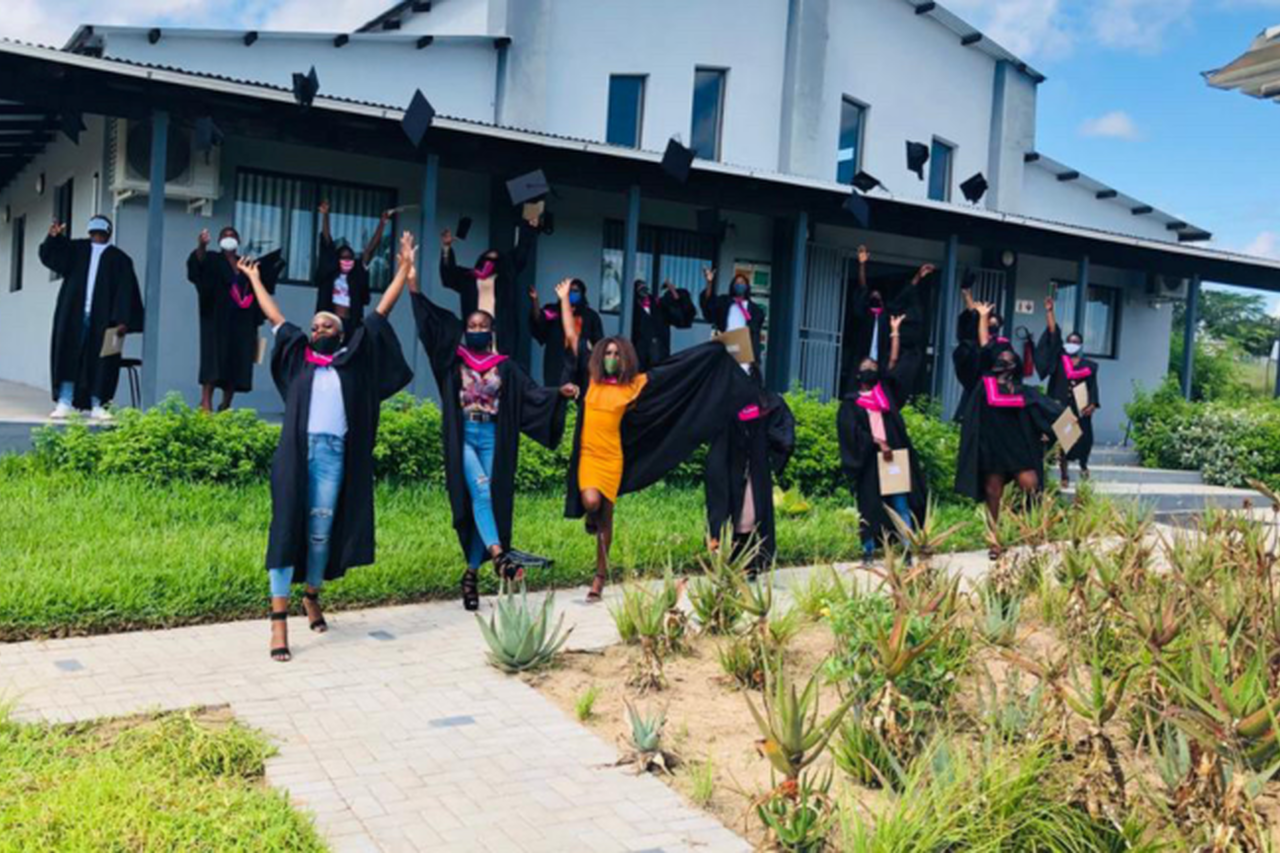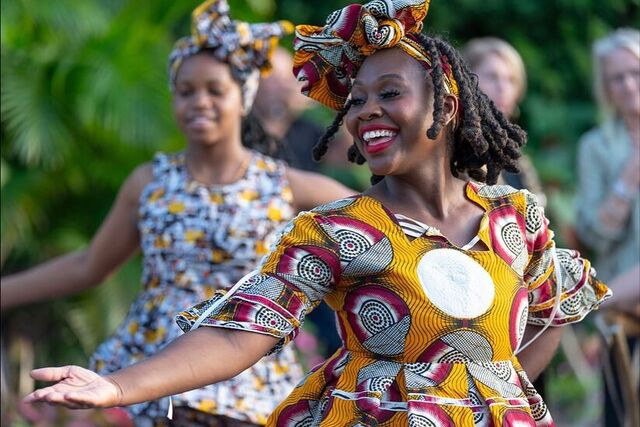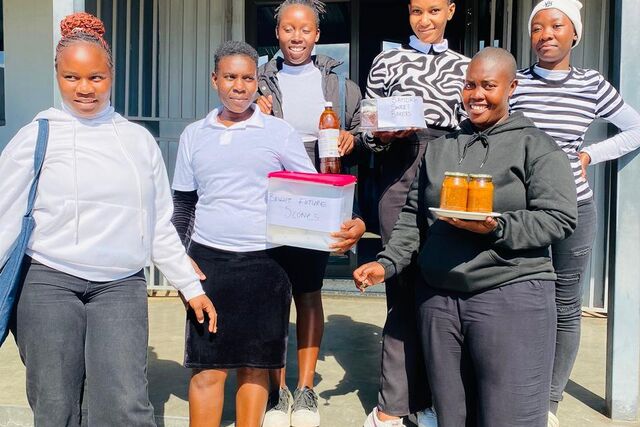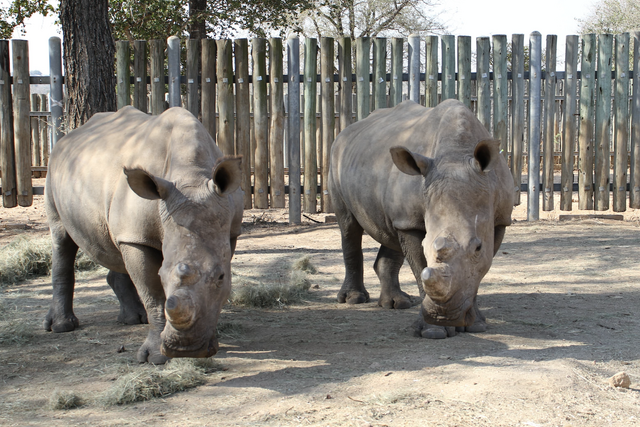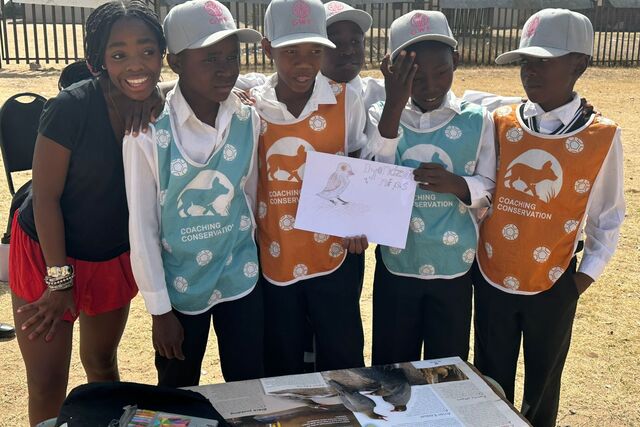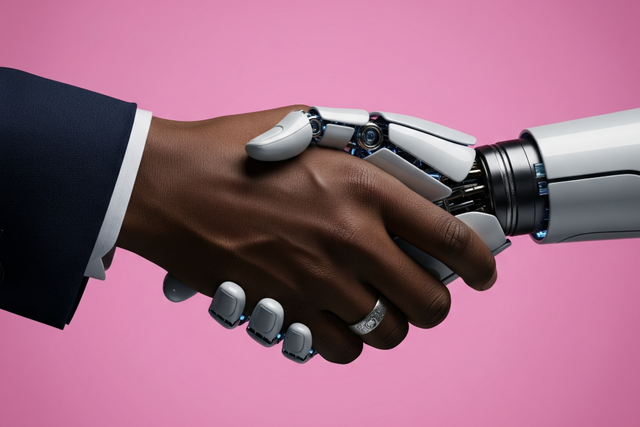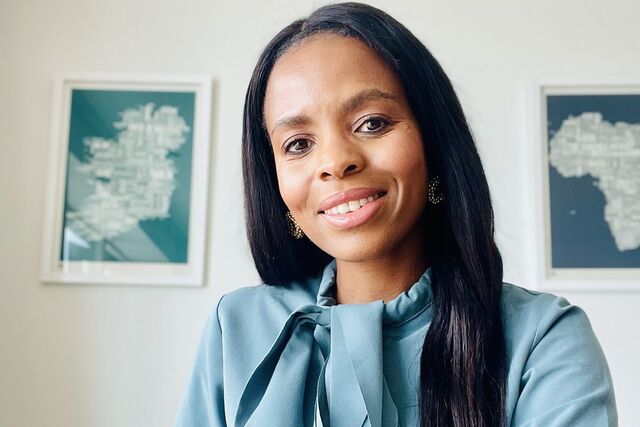Exciting things happen in rural education and employment – when the ecosystem is right
By Kate Groch, GWF Co-Founder and CEO
Every child is born where they are by chance, not by choice. This frequently has a lasting impact on their educational and employment prospects – and future. But it need not be so.
South Africa’s rural children face an uphill battle from the get-go. Taught in an under-resourced, compartmentalised education system in which they learn by rote, not exposed to variety and possibility in the way that their urban counterparts are, they are ill equipped to escape a lifelong cycle of poverty and struggle.
This contributes greatly to urbanisation in our country, where young rural people head for the cities in hope of a better life. While many do find it, many more do not, disadvantaged as they are by a poor education. And, at the same time, our rural communities are denuded of latent talent and economic potential.
The solution to this dilemma? The Ecosystem of Learning and Working, a holistic approach that combines technology-based supplementary education for children, skills-based learning for adults, and meaningful and relevant local employment opportunities through an established social enterprise, and network of local employers, that support communities and ensure the ecosystem’s sustainability.
As a high school Mathematics, Science, and Biology teacher, I’d been trained to work within the strictures of our siloed approach to education: age-group learning, learning by heart, the formal classroom set-up. But, a bit more than two decades ago, I was to have my eyes opened to a better way.
For two years, I travelled internationally with a family, as their home-schooling teacher. The difference between learning in a classroom environment, and learning outside of it, was stark.
It led me to appreciate that anything is possible if you break down structures, that you can create a bigger, more exciting world view by opening people’s eyes beyond what they currently see. I learned this lesson, and now I had to pay it forward.
The genesis of what would become the Good Work Foundation was Future Nature, an initiative in Philippolis in the Free State that was aimed at local and international children. They would attend three-week programmes that each had a four-pronged approach: community, wilderness, self-discovery, and culture.
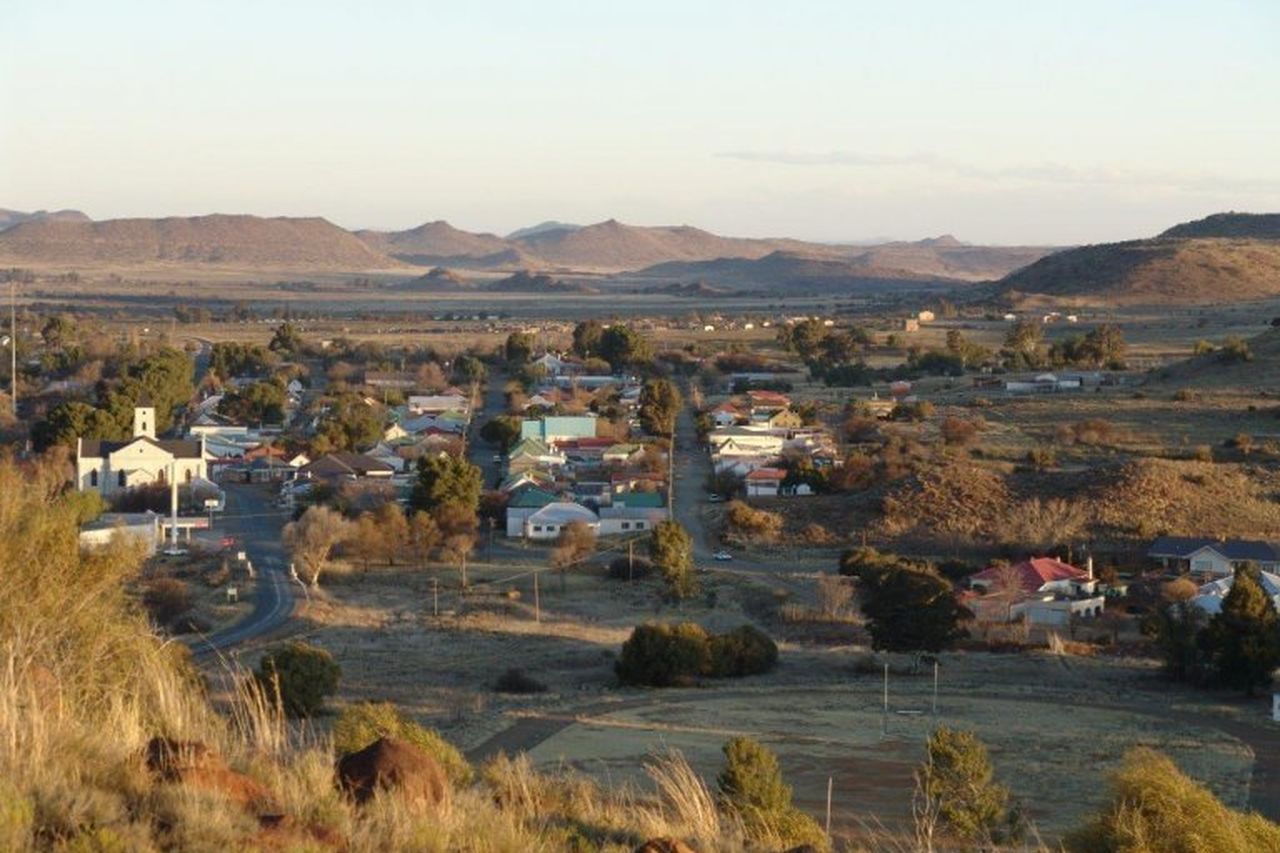
The impact of Future Nature on the children of the local school was startling; the pass rate jumped from 23% to 96%, and a few of the learners won university places. The lesson was clear: possibility exists for everyone, given the right circumstances, and if you’re prepared to break from the traditional ways of doing things.
But we soon reached a turning point: how could we scale up our initiative to get more rural children on the way to a more exciting future, instead of just a fortunate few? How could we tap into the immense human potential residing outside our cities?
One of the most fundamental game changers is technology; it can either flatten inequality or exacerbate it, depending on how it is employed. At the time, smartphones, computers, and connectivity were really starting to make themselves felt and provided the opportunity to connect children with the best teachers.
The Good Work Foundation expanded to Mpumalanga in 2009, close to the Kruger National Park. Ensconced in an English classroom and a computer room, 30 people – 10 children, 10 adults, and 10 teachers – each earned their International Computer Driving Licence (ICDL), a global computer literacy certification.
The rationale for this approach was simple: if you can speak English and use a computer, you can connect with the world. It was also the beginning of the foundation’s Ecosystem of Learning and Working (more of this below), as some of the adults then joined our ranks as facilitators – now employed in ways that otherwise might not have been an option for them and paying it forward in their communities.
Fast-forward a few years, to the creation of our central campus in an old banana packing shed in Hazyview in 2012. There, we offered bridging learning (now known as Bridging Year Academy) for adults who mainly wanted to learn computers for business reasons, beginning with their ICDLs, as well as English and work readiness.
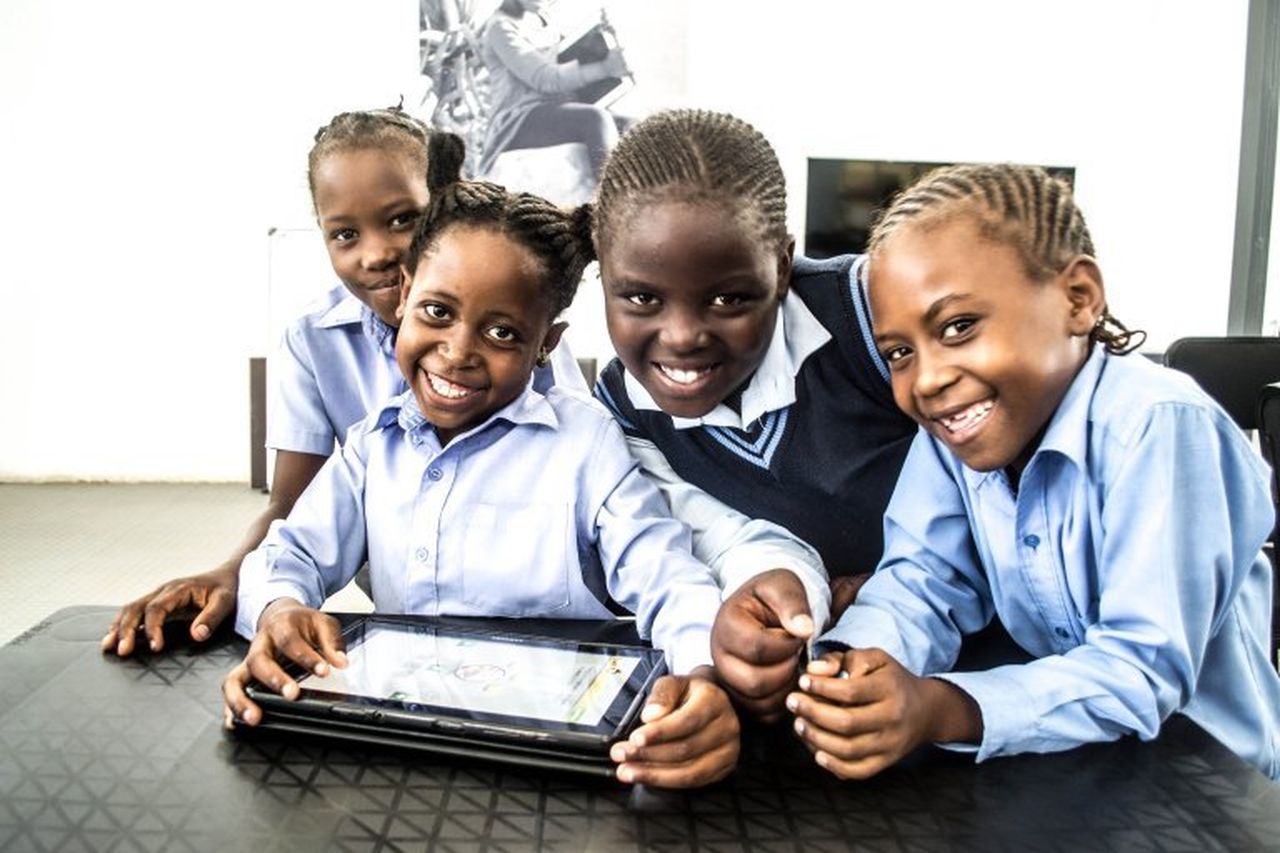
Situated on church-owned land, we also had a large group of orphaned and vulnerable children on the premises in the afternoons. Little was being done to augment their schooling, and it was clear that they faced the usual dismal educational outcomes.
So, we included them. We obtained 80 tablets and soon they were engrossed in educational, fun games on the devices. Before long, their principal asked us what we were doing; not out of unhappiness, but because the children’s school performance had skyrocketed.
That’s how the Good Work Foundation’s Open Learning Academy offering began – and we now have 32 participating schools. Grades 3 and 4 children learn on campus, and Grades 5, 6 and 7 learners are supported at their schools around topics such as citizenship, coding and robotics, conservation, and the creative arts.
Exposing our children to a variety of activities is vital to what we do. We don’t buff up talent and send them off into the world; we don’t want them to just want a job, any job. Instead, we expose them to many things, and then encourage them to pursue what they prefer to do. After all, not everyone wants to be a coder, or an artist, for example.
The Good Work Foundation now operates six campuses, five in Mpumalanga and one in the Free State. We offer support to learners and bridging education to adults, and go on to offer specialised learning programmes relevant to the community (for example, a Travel & Tourism Academy in Mpumalanga).
Our Ecosystem of Learning and Working is in place, helping to keep our foundation financially sustainable, providing our adults with essential skills and meaningful work opportunities, and opening our children’s eyes to the myriad possibilities out there for them. It’s important to note that we don’t replace formal education for the younger children; we supplement and bolster it, to achieve the best possible outcomes for our learners. This, in a nutshell, is how the ecosystem works.
Using our learning platforms, our children are prepared for employment and life in our future world. Our young adults gain skills and can be meaningfully employed in our own social enterprise or in a relevant local industry. They can support their families, contribute to their local economy, and, in the longer run, decrease urbanisation and the resultant brain drain in their communities. And profits from our social enterprise are ploughed back into the foundation, ensuring its sustainability.
At the heart of our story – like all great stories – is people. By creating our sustainable ecosystem and our educational offerings around them instead of the other way around, and using technology to level the playing field, we’re not just effectively supporting them to reach for the stars. We’re also supporting their families, their communities, their employers, their country, and, indeed, their children to do it, too.
I began this argument by stating that where children are born is chance. What changes the future into which they are born is quality education and the opportunities it opens to them.
Access to new ways of learning and working, thus, shifts people’s lives from chance to choice.
